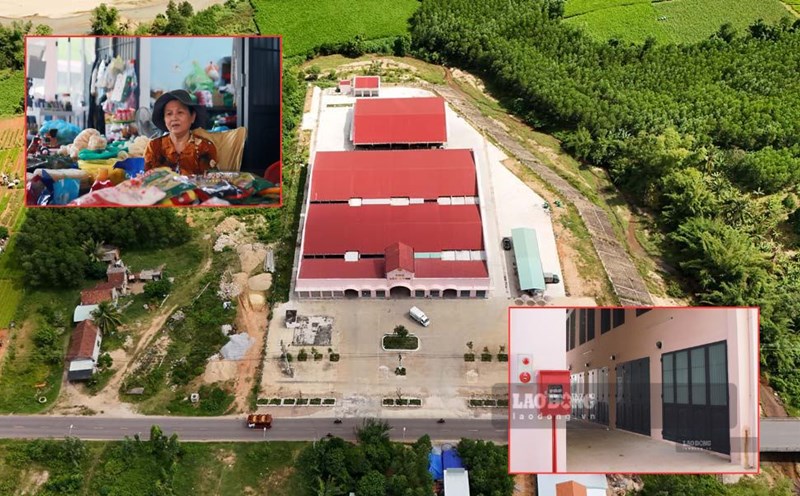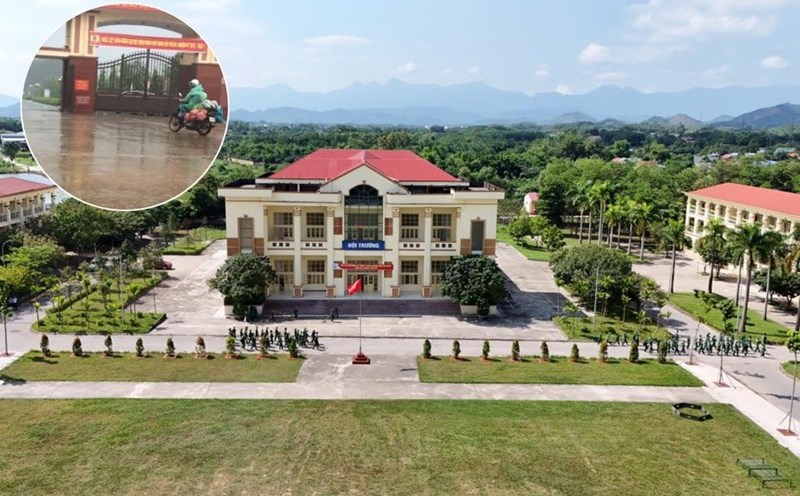These days, in coastal communes of Can Tho city such as Tran De, Lieu Tu, Tai Van, Thanh Thoi An... (formerly in Tran De district, Soc Trang province), farmers are urgently sowing the early winter-spring rice crop.
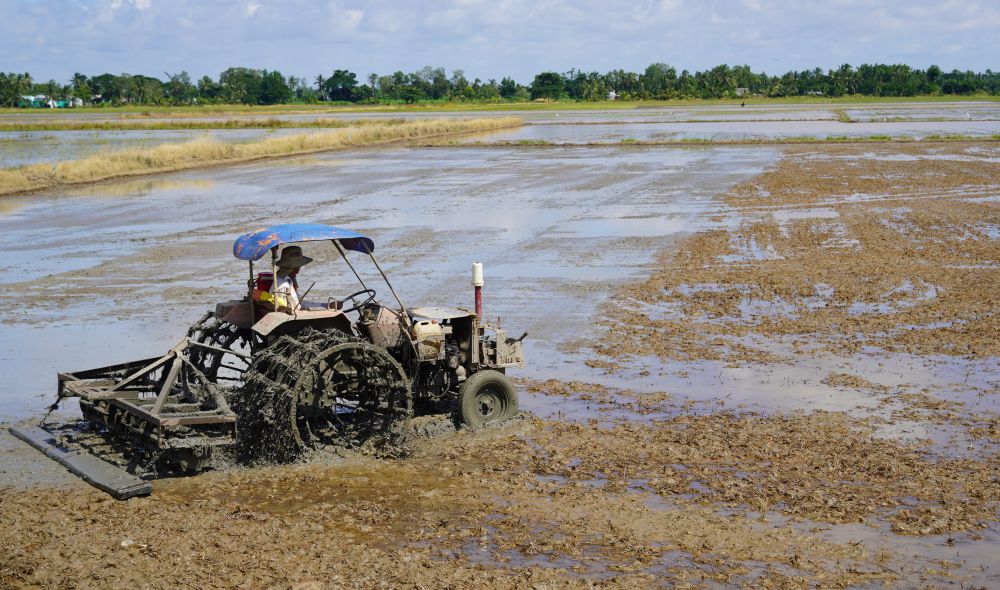
This season, Mr. Lam Thanh Hien in Tai Van commune cultivated 2 hectares of Japanese rice, with a link to consume with businesses. He said that 2 years ago, his family suffered losses due to drought and salinity when the rice was near harvest. Since then, he has always proactively sowed early and applied an organic farming process, using microorganisms, helping to save about 500,000 VND/1,000m2, while improving the quality of rice grains. "Early so I won't worry about salinity, the rice will be more solid and the selling price will also be higher," Mr. Hien shared.
Mr. Thach Thang also in Tai Van commune chose ST25 variety to cultivate in this year's Winter-Spring crop. He said that this rice variety is less pests-prone, has high resistance and brings good economic value. "For short-term varieties, they are harvested before Tet; for long-term varieties, after Tet, about 10 - 15 days will still be able to be harvested before drying out and salinity intrusion," Mr. Thang shared.
According to Mr. Thang, thanks to proactively planting early according to the seasonal schedule, for nearly 10 years the entire area of the family has not been affected by lack of water or saline intrusion.
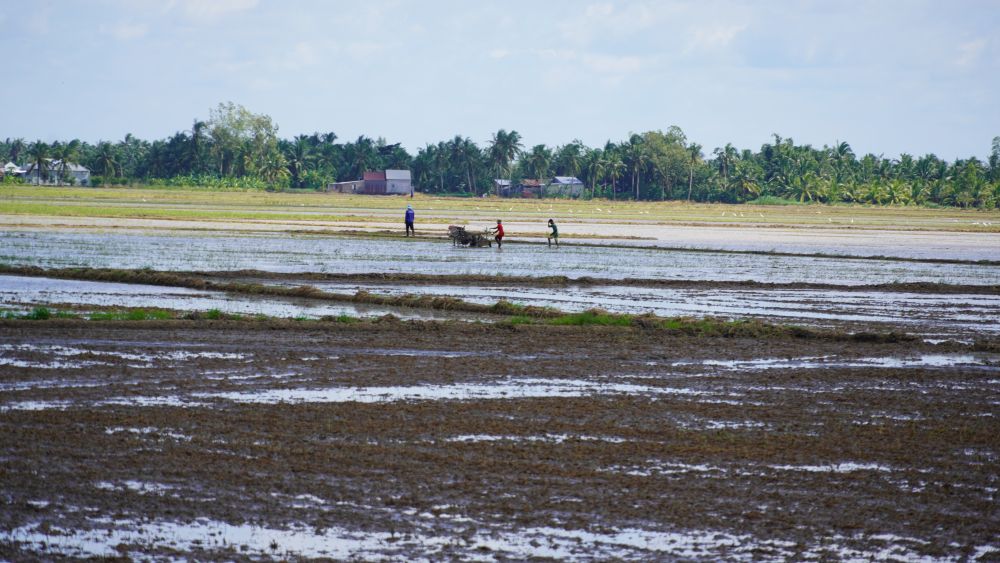
According to records, communes in Tran De district (old Soc Trang province) are located in closed irrigation areas, often affected by saline intrusion and lack of fresh water in the dry season. After the 2016 drought and salinity period, the government and the agricultural sector have adjusted the seasonal schedule to be more reasonable, helping farmers proactively produce.
Coastal communes often harvest before Tet to avoid salinity, while inland areas can be about half a month later. Thanks to that, although the 2024 dry season has entered the salinity area early and has become complicated, many places such as Tran De and Long Phu have not recorded any damage.
Forecasting, operating salinity sluices and propagating seasonal schedules have also been effectively implemented, helping people grasp information, proactively store water and sow at the right time. High-quality rice varieties such as ST, OM5451, OM18, Dai Thom 8 continue to be popularly grown because they are less pests, adapt well and have high economic value.
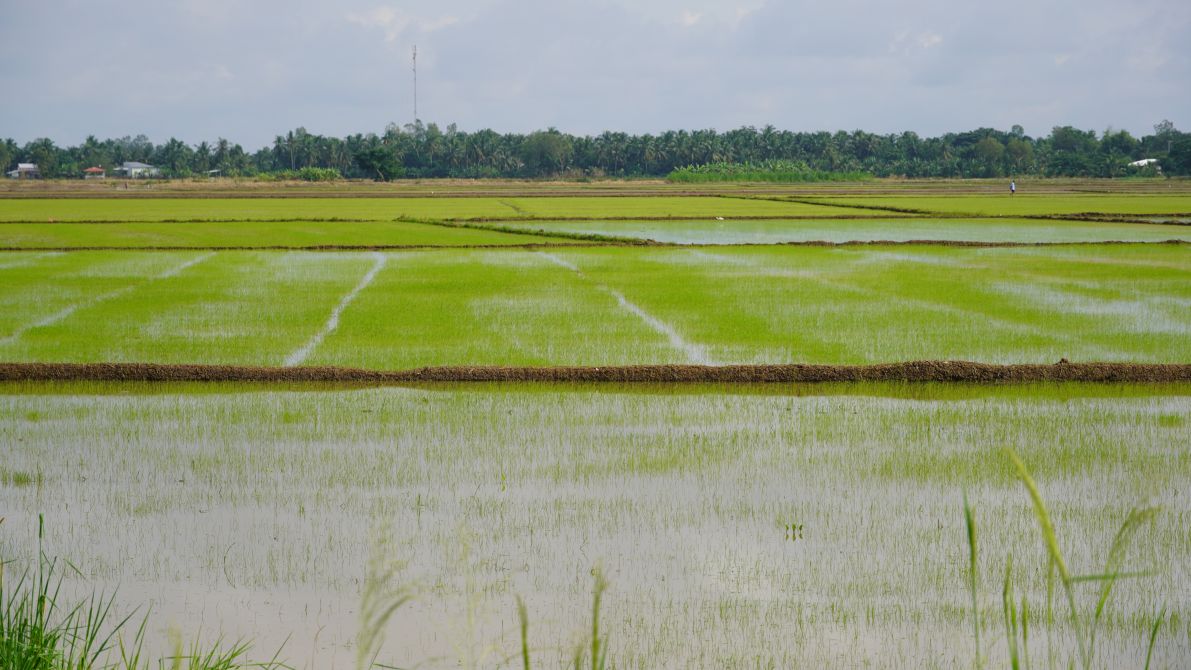
According to the Department of Agriculture and Environment of Can Tho City, in the 2025 - 2026 Winter-Spring crop, the city plans to sow 290,747 hectares, with an estimated output of more than 2.06 million tons of rice.
The agricultural sector recommends that localities arrange the early crop season and complete the sowing of winter-spring rice before the end of December to avoid drought and salinity at the end of the season, especially in areas under the Long Phu - Tiep Nhut project. At the same time, instruct farmers to apply technical packages "3 reduce 3 increases" and "3 must 5 reductions" to reduce input costs, increase production efficiency; encourage the use of organic fertilizers, fertilizers appropriately and limit disease control pests when reaching the threshold according to professional recommendations.
The industry also strengthens the transfer of science and technology, guides safe production, and meets market requirements; at the same time, promotes linkages and traceability in each field and cooperative when needed.







